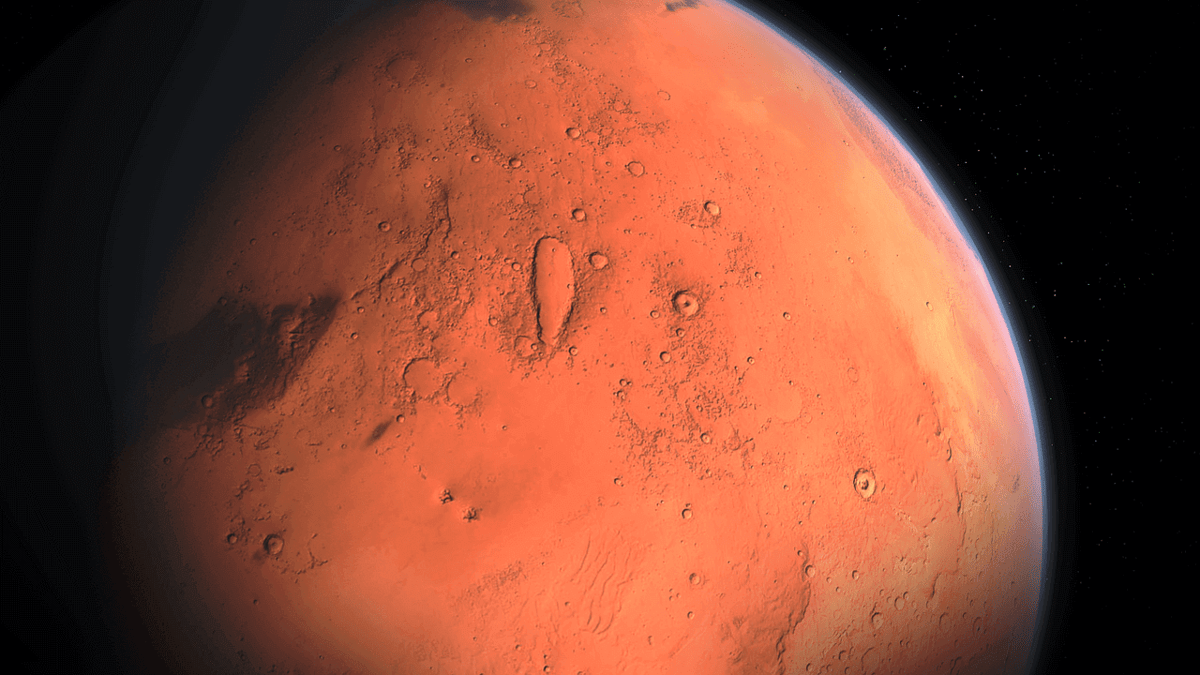The additive manufacturing laboratory at Northwestern University, USA, has proven the viability of 3D printing structures using extraterrestrial dust.
Don’t Miss: ESA Shares Results of 3D Printing with Simulated Mars Soil
Should humans ever live on Mars, 3D printing can provide us with everything from hip replacements to housing. But can we guarantee that the technology will be ready before we arrive?
If the Tissue Engineering and Additive Manufacturing (TEAM) Laboratory at Northwestern is anything to go by, why not? In fact, this team has already been able to 3D print structures using simulants of Martian and lunar dust as material.
To do this, the team has developed what they call a “3D painting process”. Indeed, using a variety of materials in 3D inks, the team has printed metals and alloys, 3D graphene, carbon nanotubes and hyperelastic “bone”.
Ramille Shah is the assistant professor of materials science and engineering at Northwestern’s McCormick School of Engineering. Shah explains:
“For places like other planets and moons, where resources are limited, people would need to use what is available on that planet in order to live. Our 3D paints really open up the ability to print different functional or structural objects to make habitats beyond Earth.”

3D Printing Extraterrestrial Dust
The lunar and Martian dust simulants used in Shah’s research are NASA-approved. This means that they bear a near-authentic composition to genuine extraterrestrial dust.
Shah’s team use these dusts in the creation of the 3D paints. Theey then 3D print these inks into structures that comprise over 90% dust.
Northwestern’s Simpson Querrey Institute performed the process and the final research is now available to read in Nature Scientific Reports.
Impressively, the final results are flexible yet tough. In fact they show remarkable versatility — the material is easy to cut and fold. Shah also adds: “We even 3D printed interlocking bricks, similar to Legos, that can be used as building blocks.”
Shah and her fellow professors now turn their efforts to strengthening the prints. One possible path is firing them in a furnace. This results in a material closer to ceramic.
Although NASA’s current goal is to be capable of sending humans to Mars in the 2030s, it’s good to know that we’ll be prepared once we get there.
Source: Northwestern McCormick

License: The text of "3D Printed Space Dust Tools and Buildings a Reality" by All3DP is licensed under a Creative Commons Attribution 4.0 International License.